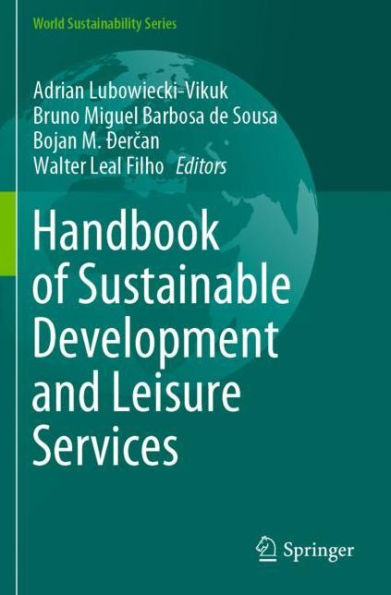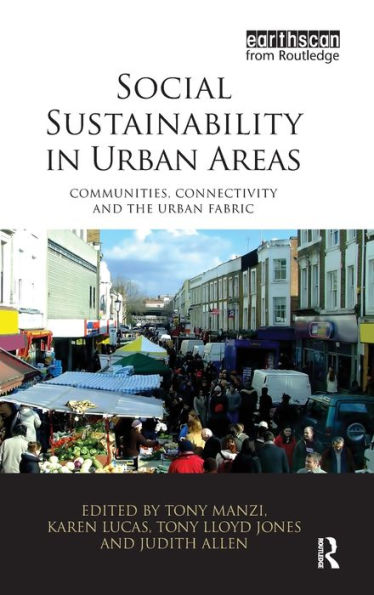Home
Handbook on Urban Sustainability
Barnes and Noble
Handbook on Urban Sustainability
Current price: $329.99


Barnes and Noble
Handbook on Urban Sustainability
Current price: $329.99
Size: Hardcover
Loading Inventory...
*Product information may vary - to confirm product availability, pricing, shipping and return information please contact Barnes and Noble
A PARAMOUNT CONCEPT The following article, authored by Mathis Wackernagel et al, illustrates the Ecological Footprint concept developed by William Rees and Mathis Wackernagel (1996). This is a fundamental concept to measure sustainability and the unequal use of land resources on the planet. The Ecological Footprint is mentioned many times in this book in different chapters, showing its importance. For this reason it is believed that the inclusion of this paper as a preface to this handbook will not only enhance the reader’s understanding of the concept but will also aid in understanding further chapters. Nolberto Munier Editor THE ECOLOGICAL FOOTPRINT OF CITIES AND REGIONS: COMPARING RESOURCE * AVAILABILITY WITH RESOURCE DEMAND By Mathis Wackernagel, Justin Kitzes, Dan Moran, Steven Goldfinger and Mary Thomas SUMMARY: Cities and regions depend on resources and ecological services from distant ecosystems. The well-being of city and region residents is affected by both the health and availability of these ecosystems, especially in today’s ecologically strained world. *Reprinted by permission of Sage Publications Ltd. from: Wackernagel, Mathis et al, “The ecological footprint of cities and regions: comparing resource availability with resource demand”, Environment and Urbanization, Vol. 18, No. 1, in press. (©Sage Publications Ltd., 2006). 1 © Sage Publications, 2006 2 Preface The management of a city or region’s resource metabolism, including the natural capital that supports these flows, is becoming increasingly a central concern to cities and regions that want to succeed.


















